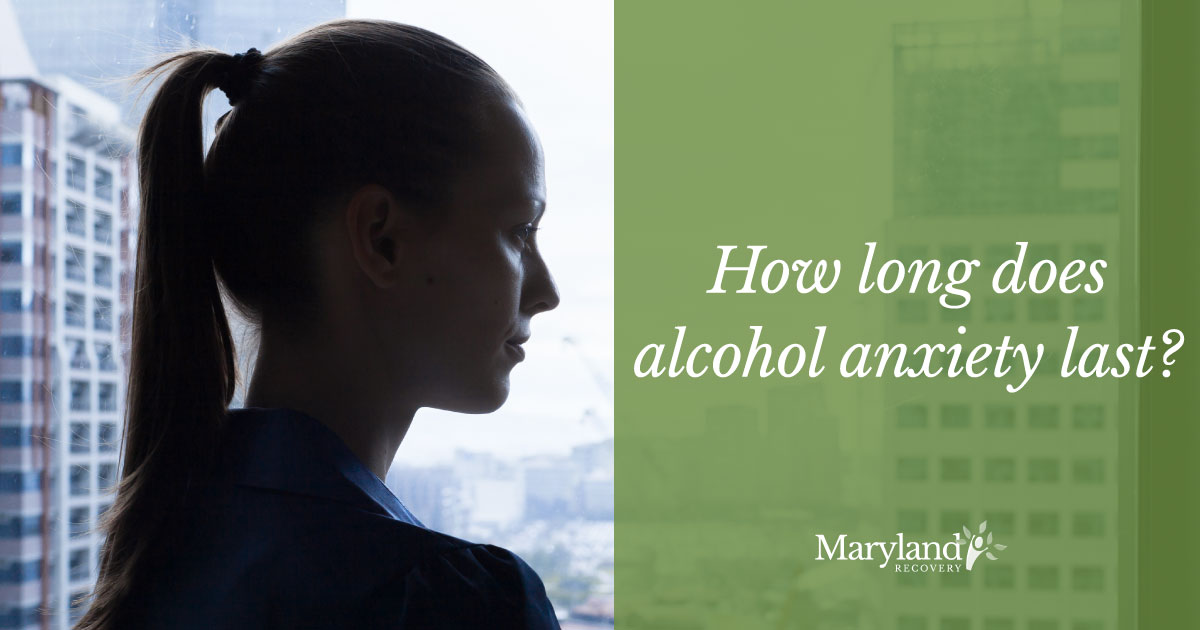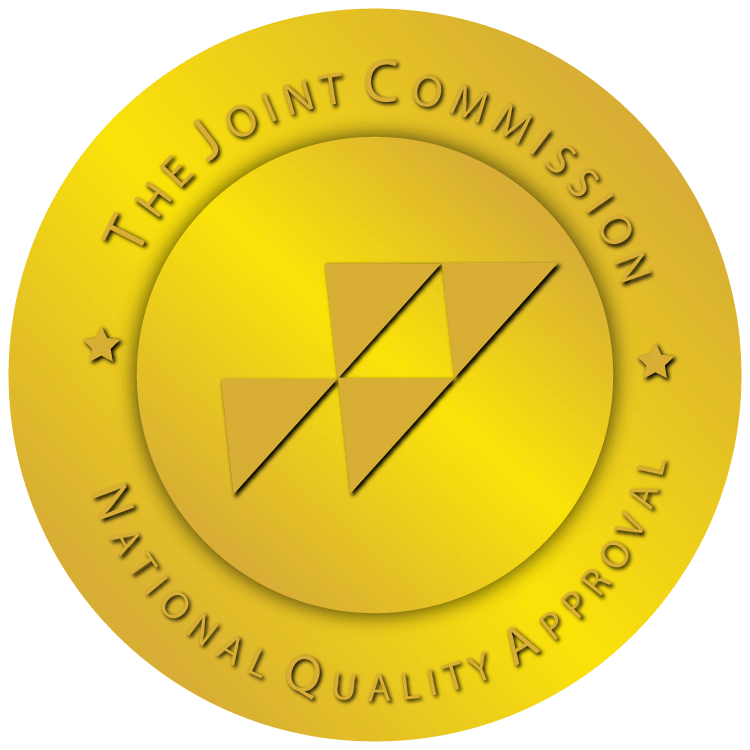
“Liquid courage” is an old phrase based on the idea that alcohol has the power to increase someone’s confidence, or at least help them forget their nerves. This idea is still popular today. The difference is that now we know just how destructive alcohol can be, especially when people use alcohol to make themselves feel better.
Abusing alcohol in this way becomes even more dangerous if a person is also dealing with a mental health issue like anxiety. Researchers have actually identified a strong link between those who experience anxiety disorders and those who abuse alcohol.
According to the Anxiety and Depression Association of America, close to 15 million Americans are currently dealing with an anxiety problem. Even worse, among those suffering from anxiety disorders, about 1 in 5 also struggle with alcohol abuse.
With mental health and substance abuse becoming a larger part of the national health conversation, it is important that we start talking about the relationship between alcohol and anxiety. This post aims to explain how these common health problems are linked and provide support for people who are looking to make a change for the better.
Understanding Alcoholism and Anxiety
Anxiety disorders, especially those revolving around social settings, can be extremely debilitating. That’s why it’s no surprise that those who feel uncomfortable around other people turn to alcohol as a form of self-medication.
It is important to note, however, that drinking during social gatherings is not itself a sign of alcoholism or an anxiety disorder. Still, the line between a quick drink while socializing after work and a toxic relationship between anxiety and alcohol consumption is quite blurry.
The interaction between these two behaviors is what will ultimately determine if a person is dealing with one or more debilitating disorders. In some cases, individuals have reported developing anxiety symptoms after developing a problem with alcohol.
It is clear that the two problems often share a chicken-or-the-egg relationship, so interactions between alcohol and anxiety must be treated with caution.
A Vicious Cycle of Alcohol Anxiety Symptoms
Dangerous interactions between anxiety and alcohol abuse typically begin when a person chooses to drink alcohol in order to help manage their nerves, fears or expectations. This may take the form of “pre-gaming” before a big party or having a shot or two before a blind date. If the individual person feels positive results from such actions, he or she may turn drinking before social settings into a routine.
Before long, the person may no longer even enjoy the time they spend with friends unless alcohol is involved. The individual soon starts drinking just to “feel normal” and make it through the day.
When this individual does not have access to alcohol, their anxiety symptoms feel more extreme than ever. The added stress caused by not performing their routine (or, in advanced stages, the painful symptoms of withdrawal) provide even more encouragement to the individual to keep drinking.
This vicious cycle leads those with anxiety problems to drink heavily until their tolerance increases, forcing them to drink more and more alcohol to manage their anxiety, in addition to a long list of other potentially harmful symptoms.
The Acute Alcohol Withdrawal Timeline
While the earliest stages of the withdrawal process may simply involve heightened anxiety or mental fatigue, it’s only a matter of time before the absence of alcohol causes severe physical symptoms. That is because regular consumption of alcohol leads the human body to become dependent on the substance.
Eventually, this growing dependence leads to a set of symptoms called acute alcohol withdrawal. At this stage, problem drinkers begin to experience painful symptoms and increased anxiety just hours after they put the bottle down.
The timeline of symptoms characterized by acute alcohol withdrawal looks like this:
- 8 hours since last drink: Individuals experience vomiting, muscle weakness, physical exhaustion, lack of appetite, stomach pain and alcohol withdrawal headaches.
- 24 hours since last drink: Individuals experience spikes in blood pressure, elevated body temperature, changes in mood, aggression and difficulty breathing.
- 72 hours and beyond: Individuals may experience more extreme, life-threatening symptoms such as seizures, hallucinations and delirium.
The life-threatening symptoms associated with acute withdrawal emphasizes not only how deadly a mixture of alcohol and anxiety can be, but also how necessary professional help is when dealing with a loved one who has abused alcohol over an extended period of time.
Even if they are able to survive the dangerous withdrawal process, alcohol addicts must still deal with post-acute withdrawal syndrome (PAWS) as they work toward a life of sobriety.
PAWS and Anxiety
The longer and more severe an individual’s abusive relationship with alcohol, the more likely he or she will experience post-acute withdrawal syndrome, also known as a prolonged or protracted alcohol withdrawal period.
In these cases, an individual experiences the many painful and inconvenient symptoms of acute withdrawal syndrome long after he or she has gone through the process of alcohol detoxification and abstinence. Unfortunately, PAWS can last for months or years.
Anxiety disorders have been recognized as a common contributing factor in cases where recovering alcoholics experience PAWS. This trend points toward the need for personalized, ongoing recovery care for patients who are dealing with a mixture of anxiety and long-term alcohol withdrawal symptoms.
Exploring Long-Term Alcoholism Recovery
Considering the long-term effects of alcoholism, it’s not surprising that many individuals struggle to find success in recovery programs that are only designed to last a month or two. A handful of weeks is simply not enough to support a person whose recovery battle will likely take more than a year.
This goes double for those struggling with anxiety, as their mental health symptoms could easily become triggers for alcohol abuse during their sobriety.
The solution? Personalized, alcohol-specific treatment that is available as long as the individual continues to struggle with sobriety. This approach, which prioritizes the patient’s health needs over achieving short-term success, has helped many to find peace in sobriety, even those dealing with anxiety as well.
Treatment for Alcoholism and Anxiety
Where does a person go for alcoholism and anxiety treatment? Those struggling with these two problems will likely need ongoing help to get through recovery, so it makes sense to seek out a treatment facility that can meet those needs.
Maryland Recovery offers this type of support through its partial hospitalization and intensive outpatient programs. Partial hospitalization is ideal for patients who have recently completed detox treatment and possibly are still dealing with harsh symptoms of acute withdrawal.
Furthermore, intensive outpatient treatment puts ongoing support in the hands of recovering alcoholics while also allowing them the freedom to attend work or school.
Transitioning back into everyday life without relapsing is very difficult, especially if the individual is expected to handle it all at once. The first year is often the most difficult part of the recovery process, as the threat of PAWS is still active, so it’s critical that those struggling get support during these trying times.
Want to know more about personalized, long-term recovery and care? Need to know how Maryland Recovery can help you or a loved one overcome anxiety problems and alcohol addiction? Keep exploring our website or contact us directly for answers to your recovery questions.
Learn About Our Renowned Dual Diagnosis Treatment
Maryland Dual Diagnosis Program
Reviewed by Christopher Schwartfigure MS, LGPC, CAC-AD








